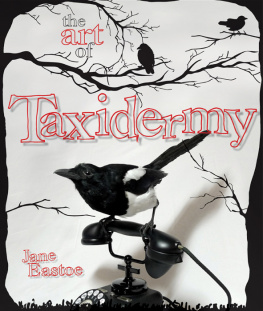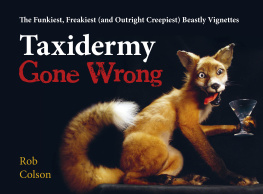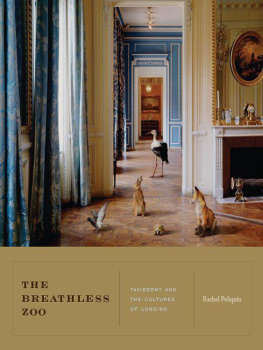

NOTE TO READERS: This book is intended to guide and entertain the reader, not to substitute for legal or professional advice. Neither the publisher nor the author of this book guarantees its accuracy and completeness for all purposes or makes any representation with respect to the outcome of any project or instruction described. Readers are cautioned to consider their individual circumstances and location before undertaking any do-it-yourself project and to avail themselves of appropriate advice to ensure that they are in compliance with all applicable laws, rules, and regulations. Please be aware that exposure to certain commonly used chemicals has been associated with symptoms that include skin irritation, respiratory difficulties, and damage to fertility; these chemicals must not be used in any project if the meat or any other byproduct is intended for consumption by humans, pets, and/or other animals. When using any chemicals, please be sure to review the manufacturers directions and the material safety data sheets (MSDS) and use proper personal protective equipment. References to specific products, services, service providers, and/or organizations are for illustration only and none should be read to suggest an endorsement or a guarantee of performance. This book is sold without warranty of any kind, and none may be created or extended by sales representatives or written sales or promotional materials.
Copyright 2016 by Divya Anantharaman and Katie Innamorato
All rights reserved
For information about permission to reproduce selections
from this book, write to Permissions, The Countryman Press,
500 Fifth Avenue, New York, NY 10110
For information about special discounts for bulk purchases, please contact
W. W. Norton Special Sales at specialsales@wwnorton.com or 800-233-4830
Book design by Melanie Ryan
Cover design and photograph by Steve Attardo
Production manager: Devon Zahn
The Countryman Press
www.countrymanpress.com
A division of W. W. Norton & Company
500 Fifth Avenue, New York, NY 10110
www.wwnorton.com
978-1-58157-332-9 (hc.)
978-1-58157-570-5 (e-book)
To our friends, family, and those who have supported us
CONTENTS

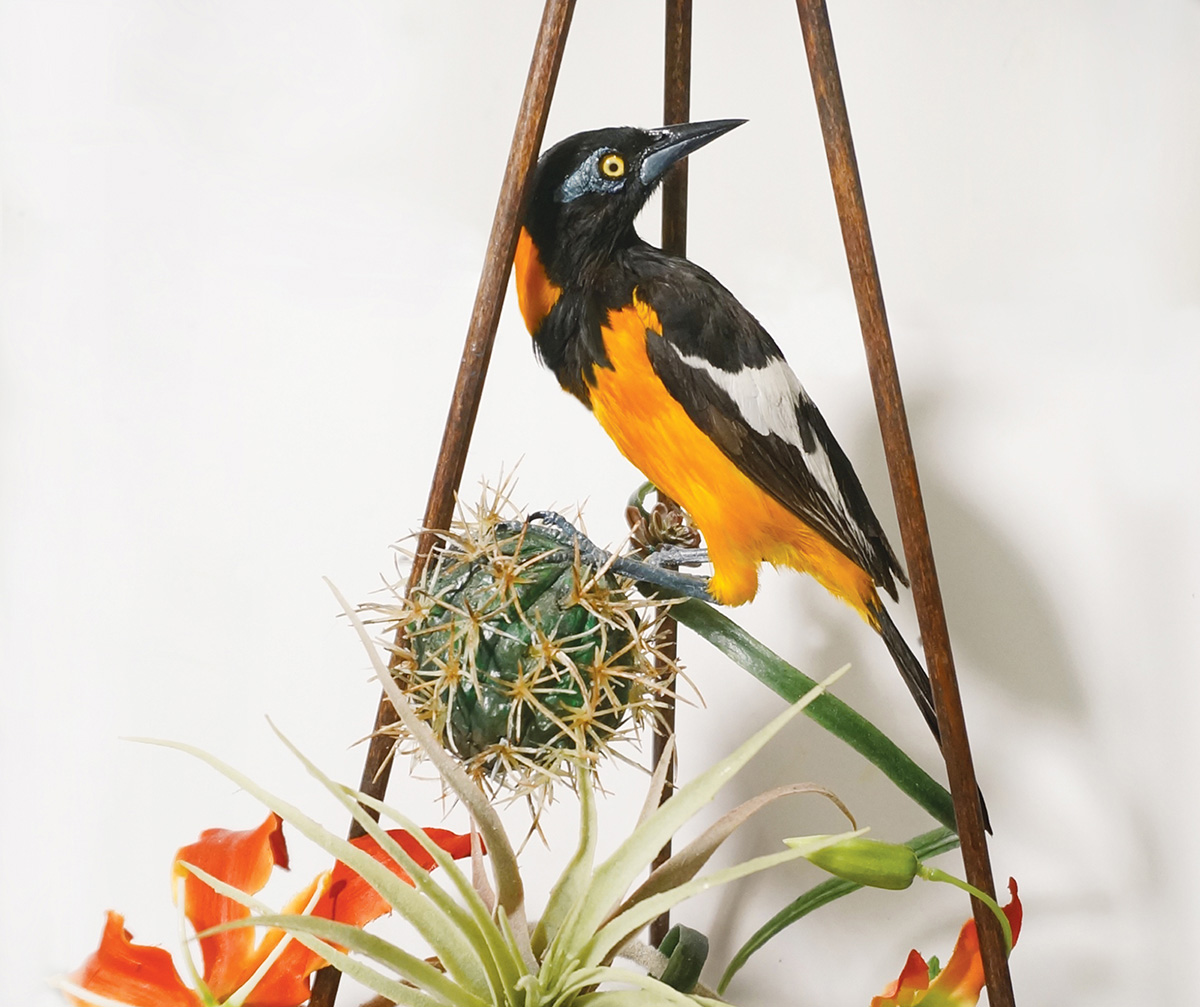
WHY TAXIDERMY?
Perhaps youve picked up this book after a visit to some edgy art gallery and want to know how those snakes became so perfectly posed and lifelike. Or youre fresh from a visit to the natural history museum and want to know what exactly is underneath the fur and feathers in those splendid dioramas. Maybe you are wondering if there is anything you can do with the roadkill you keep driving by, or you are envious of your crazy uncles jackalope. Or maybe one of your friends got you this book on a dare.
Whatever drew you in, youve made a great choice! Taxidermy is a mix of art, science, and a little alchemy; it lets you explore and engage with the natural world in ways most others dont. We hope this book demystifies the practice, makes taxidermy accessible to anyone, anywhere, and shatters the gross stereotypes (like the common misconception that taxidermists produce nothing more than stuffed animalsmost taxidermists cringe at this term and its crude origins).
And why not? Humans need the outdoors to survive. Even if you live in the city, you feel happier when looking at green things, warm things, and furry things (and feathery things, and scaly things, etc). Reclaimed wood, leather, and even house- plants are remnants of nature that we bring indoors in an attempt to reconnect. Does anybody really want to live in a plastic house? Taxidermy is all about appreciating nature, preserving and paying respect to something that would otherwise be left to rot. Some people see it as morbid, but we see it as being comfortable with and accepting ofthe inevitability of death. Aside from its scientific and artistic purposes, taxidermy serves as a beautiful reminder of our own mortality, capturing the ephemeral in a perfect moment.
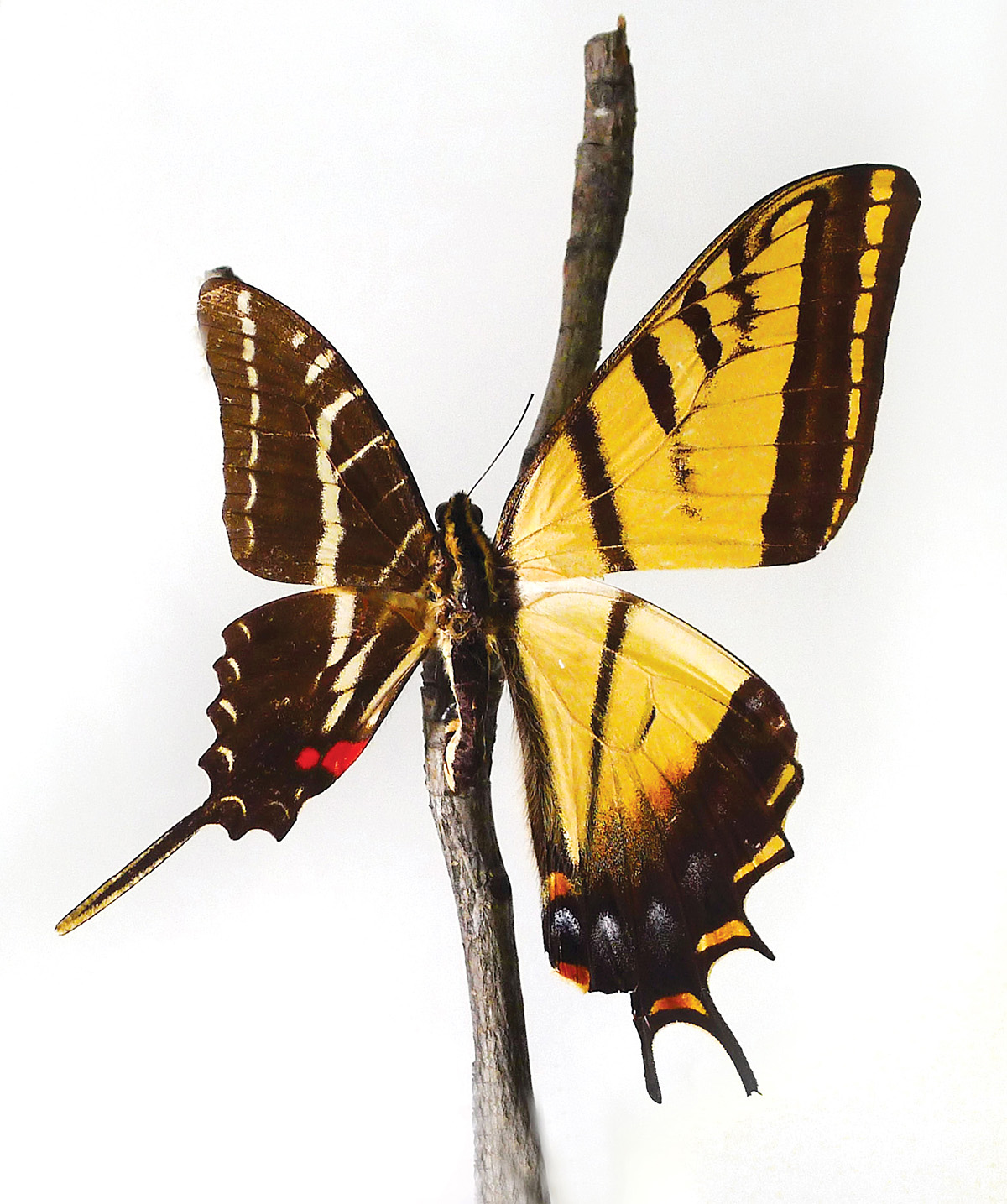
That moment can be whatever you want it to be. It can be something straight out of a woodland, a fantasy-fueled concoction meant to push the limits of perception, or something totally different that you wouldnt have imagined until you created it. Taxidermy today is experiencing a renaissance that is probably due to a renewed interest in making and collecting, as well as the fresh accessibility of ideas that were once obscure. Traditional taxidermy mounts are now incredibly lifelike, with new materials providing more possibilities than ever before. Alternative taxidermy mounts offer endless possibilities too, as an animal can become absolutely anything in the hands of an artist. New blood brings new ideas!
We came to taxidermy in different ways. Growing up in inner-city Miami, Divya was more used to weekend beachcombing and backyard mischief. She felt strangely drawn to her parents biology books and classrooms full of specimens. She was always curious about how the inside and outside of an organism worked together, and what special features an animal develops to adapt to its environment. Her art school projects used fur, leather, bone, wool, silk, and other animal products, and though taxidermy was always an appealing hobby, she never really considered a career in a field that has traditionally been relegated to Victorian gentlemens clubs and hunting lodges. But after ten years in the fashion industry and improving her skills through self and professional training, she finally found her calling.
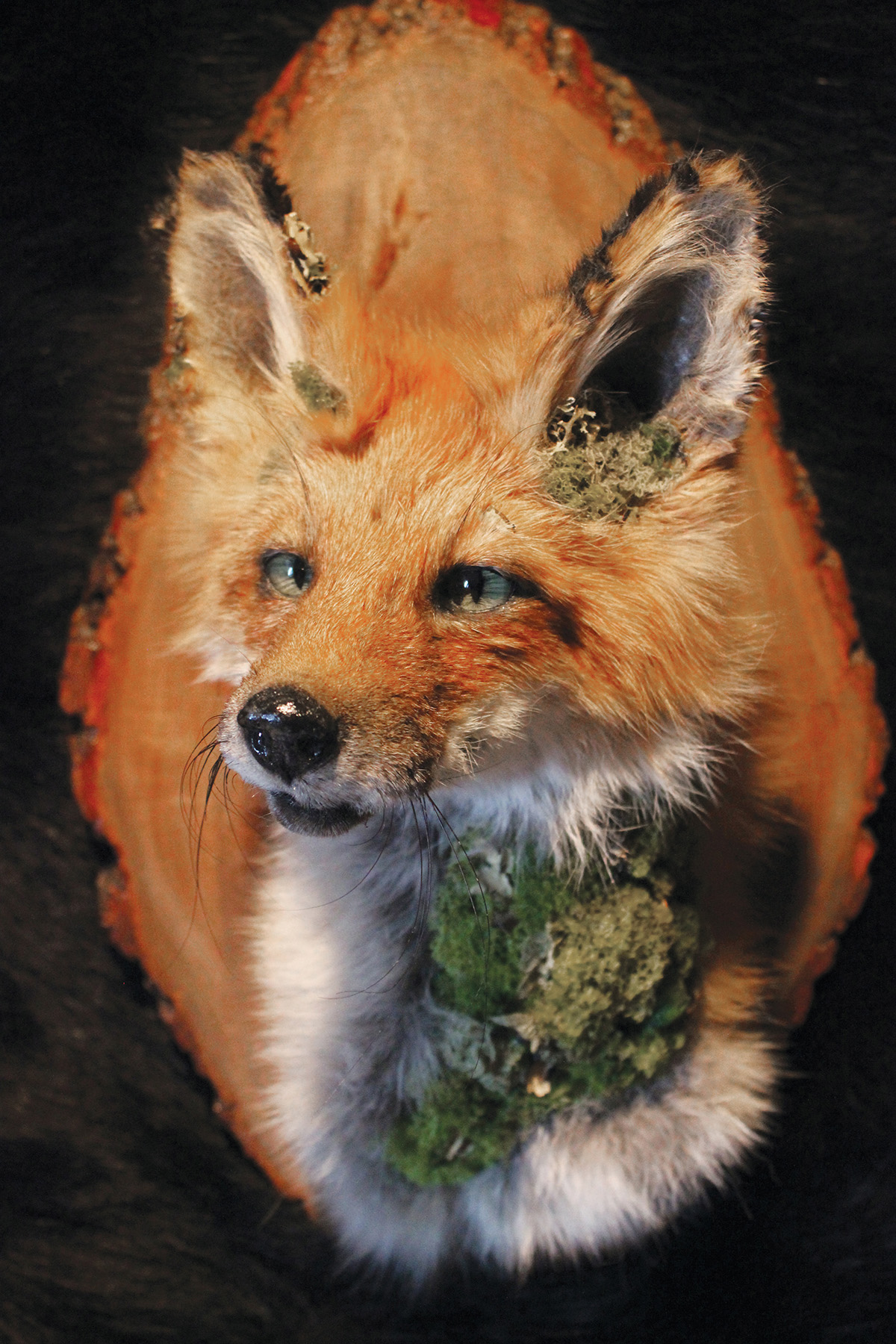

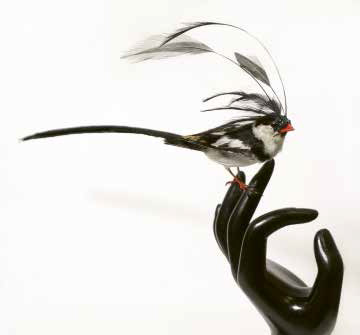
As for Katie, she has loved animals for as long as she can remember. As a kid, she would play outside and pretend to be an animal with the neighborhood kids. Whenever anyone asked her what she wanted to be when she grew up, the answer was a veterinarian. Toward the end of high school, she became intrigued by skeleton articulations and started picking up rotten roadkill (much to her parents displeasure). Very loose and basic articulation creations came after this, but the idea of using everything stuck in her head. What about using something fresher? How could you prepare or process it? Local taxidermists mostly turned her away except for one older guy who taught occasional classes. Katie learned the basics from him and progressed from there. There was no looking back.
When we met through teaching workshops and being part of some of the same gallery shows, our shared love of animals (and
Next page

